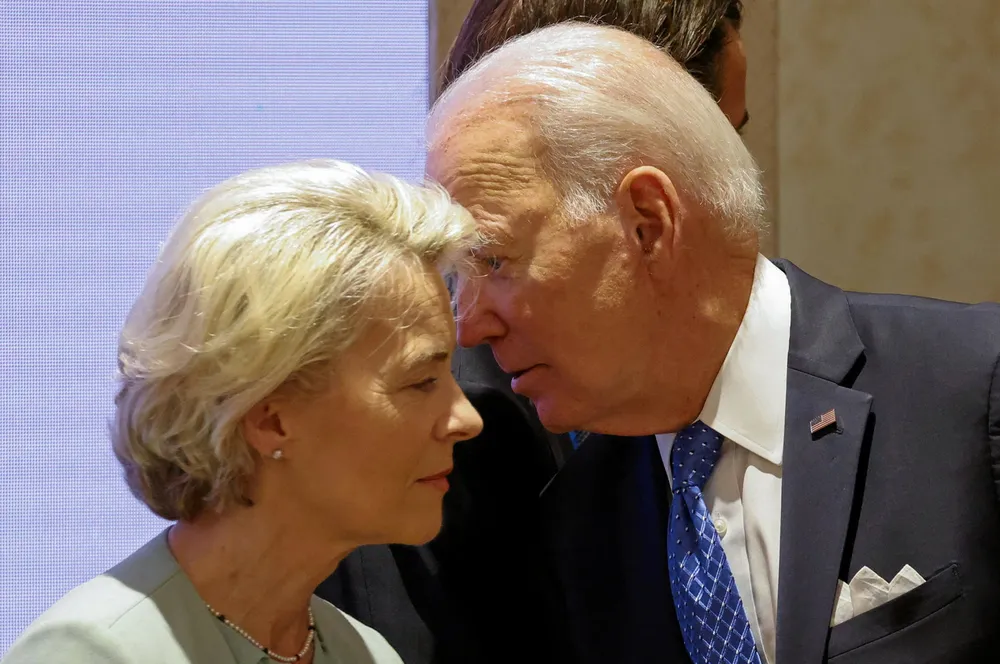G20 leaders’ declaration on hydrogen suggests US will adopt similar rules to EU on green H2 production
US, EU, Germany, France and others agree to ‘mutually agreed harmonising standards… and inter-operable certification schemes’

US, EU, Germany, France and others agree to ‘mutually agreed harmonising standards… and inter-operable certification schemes’
